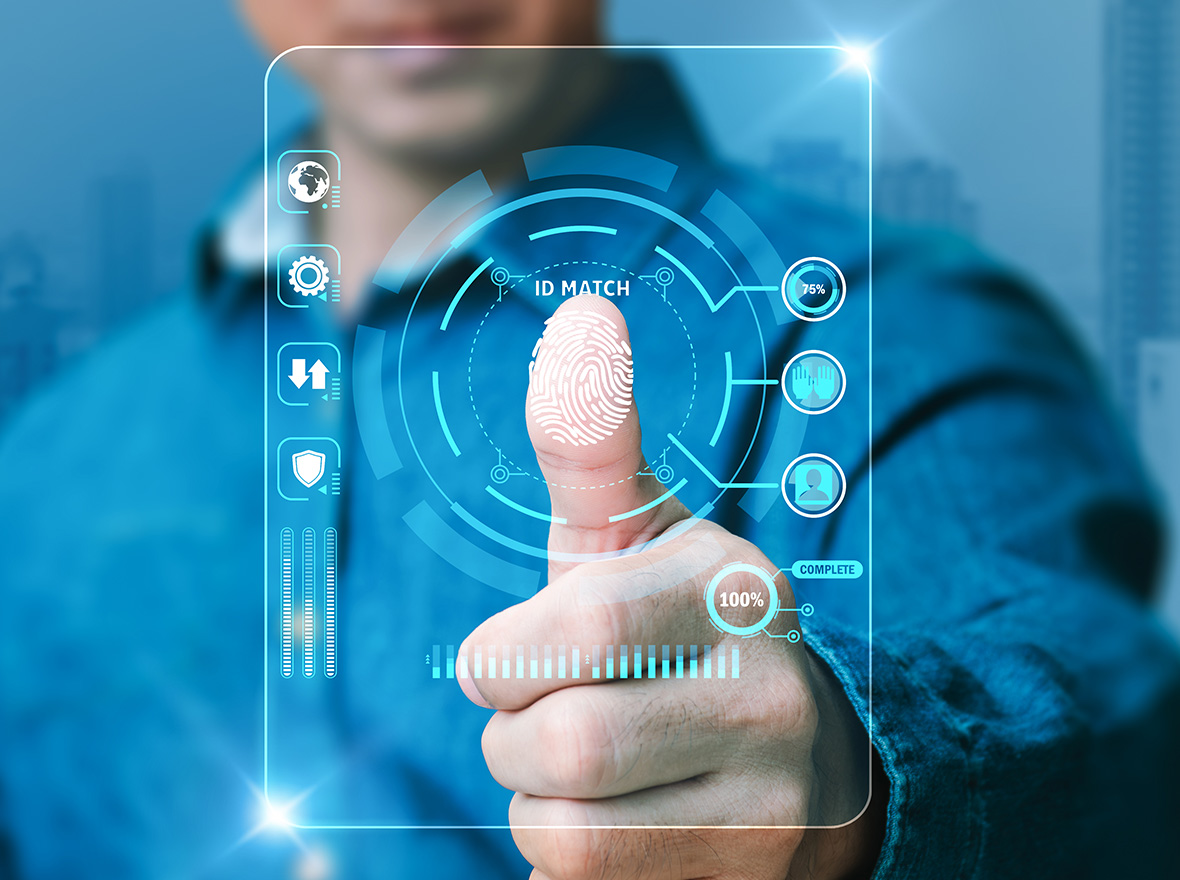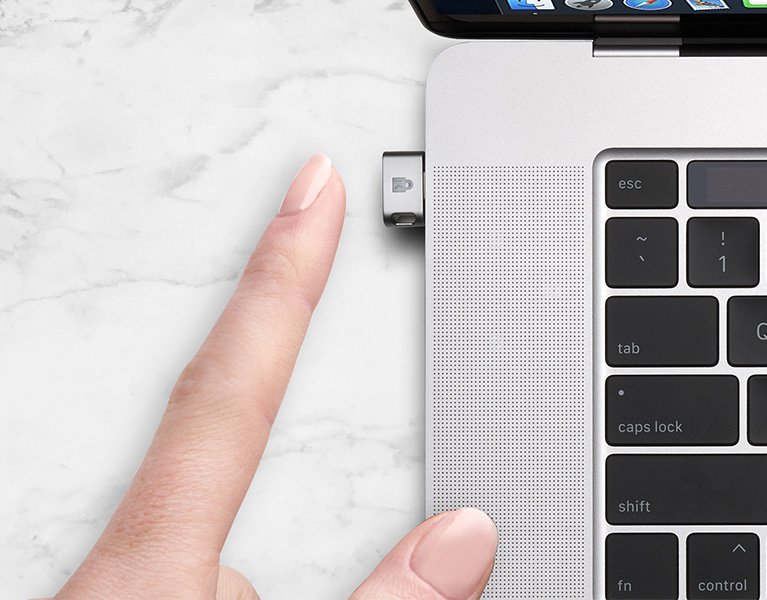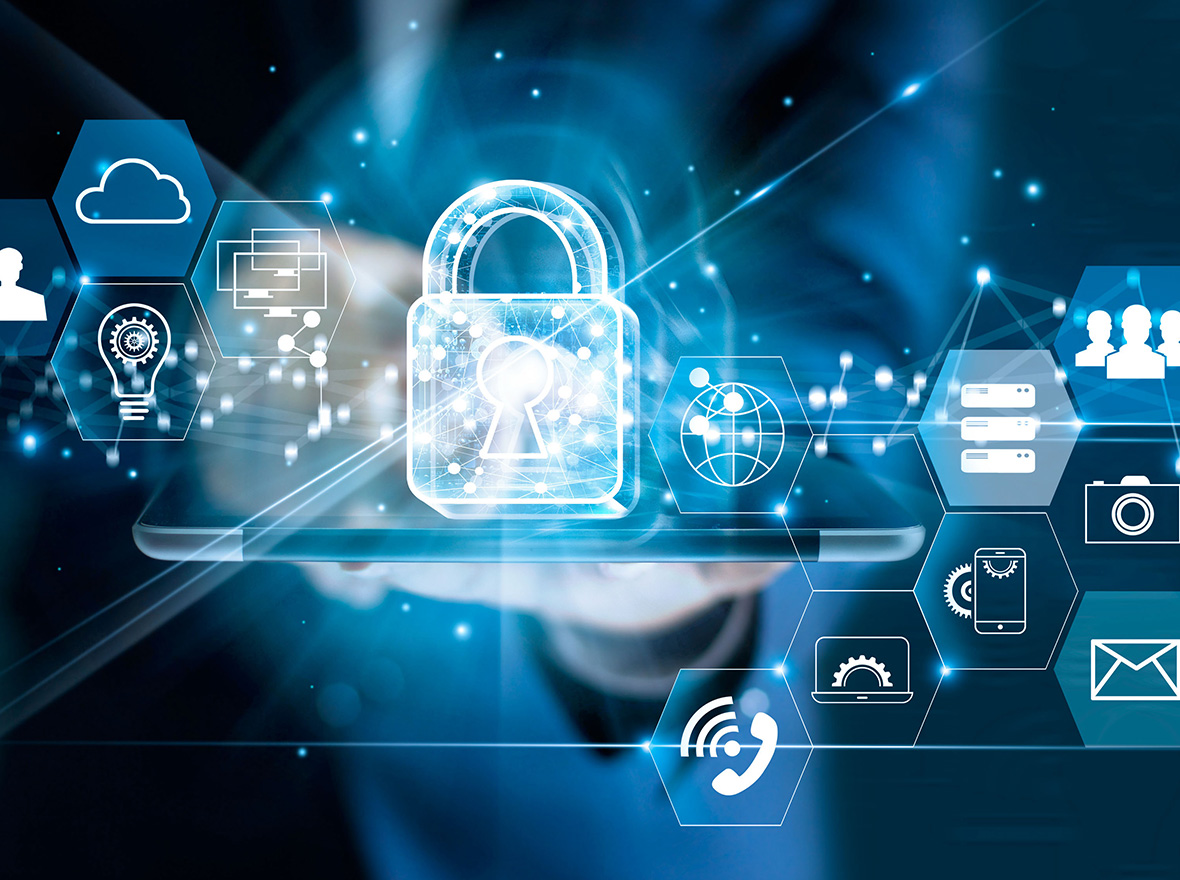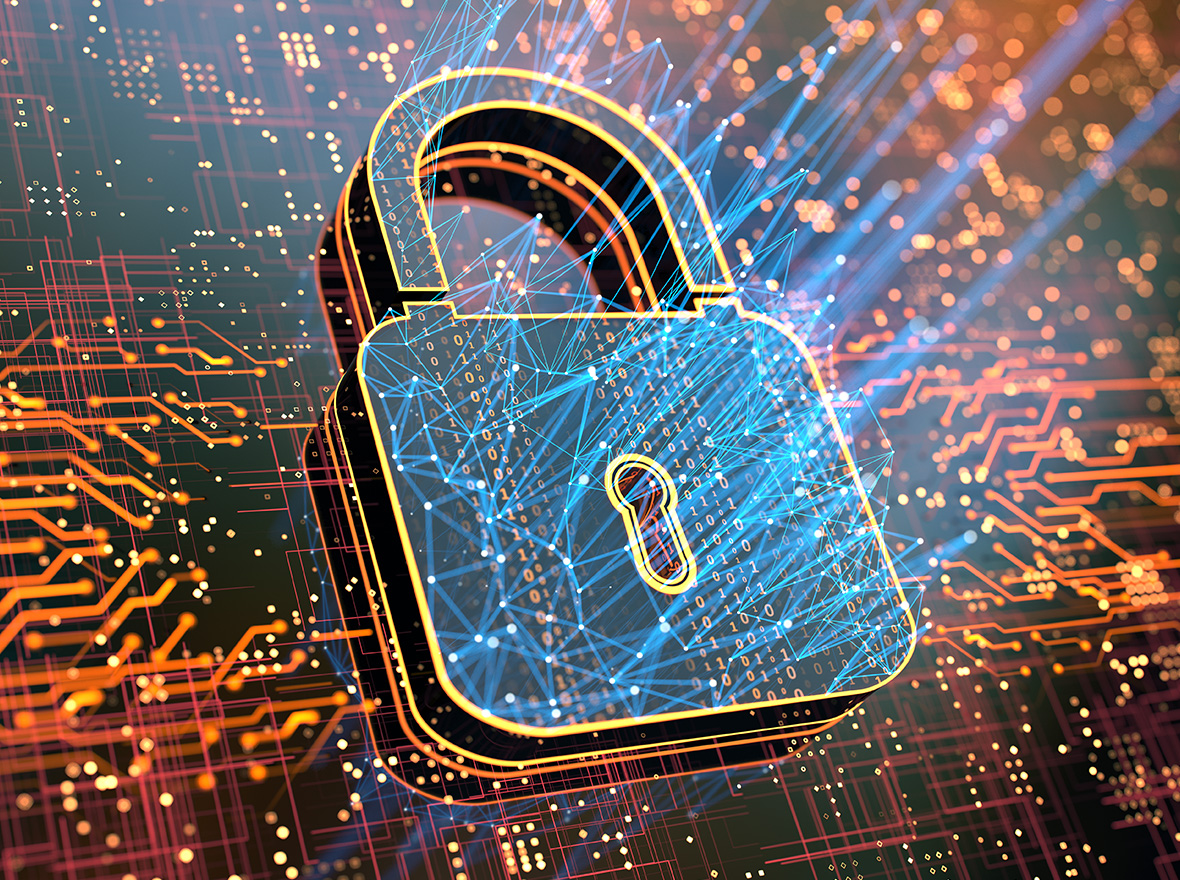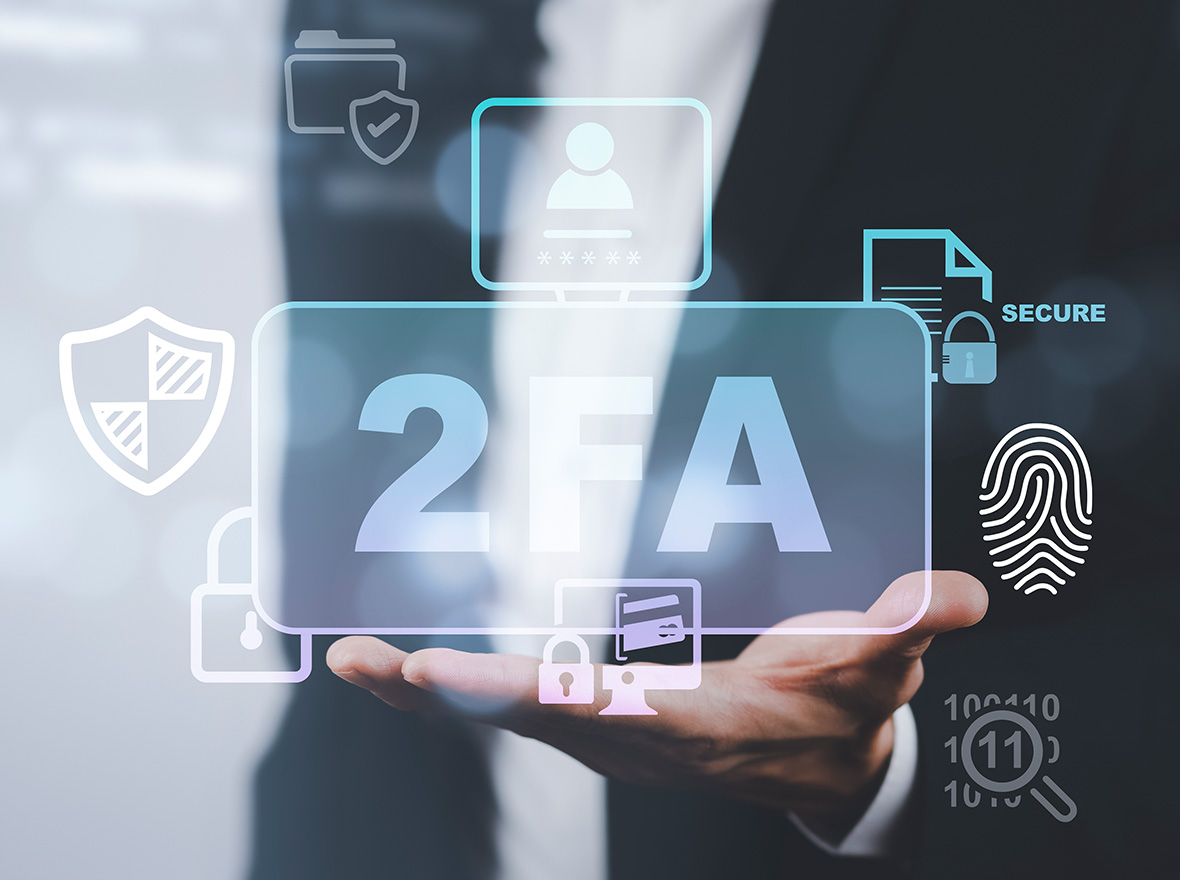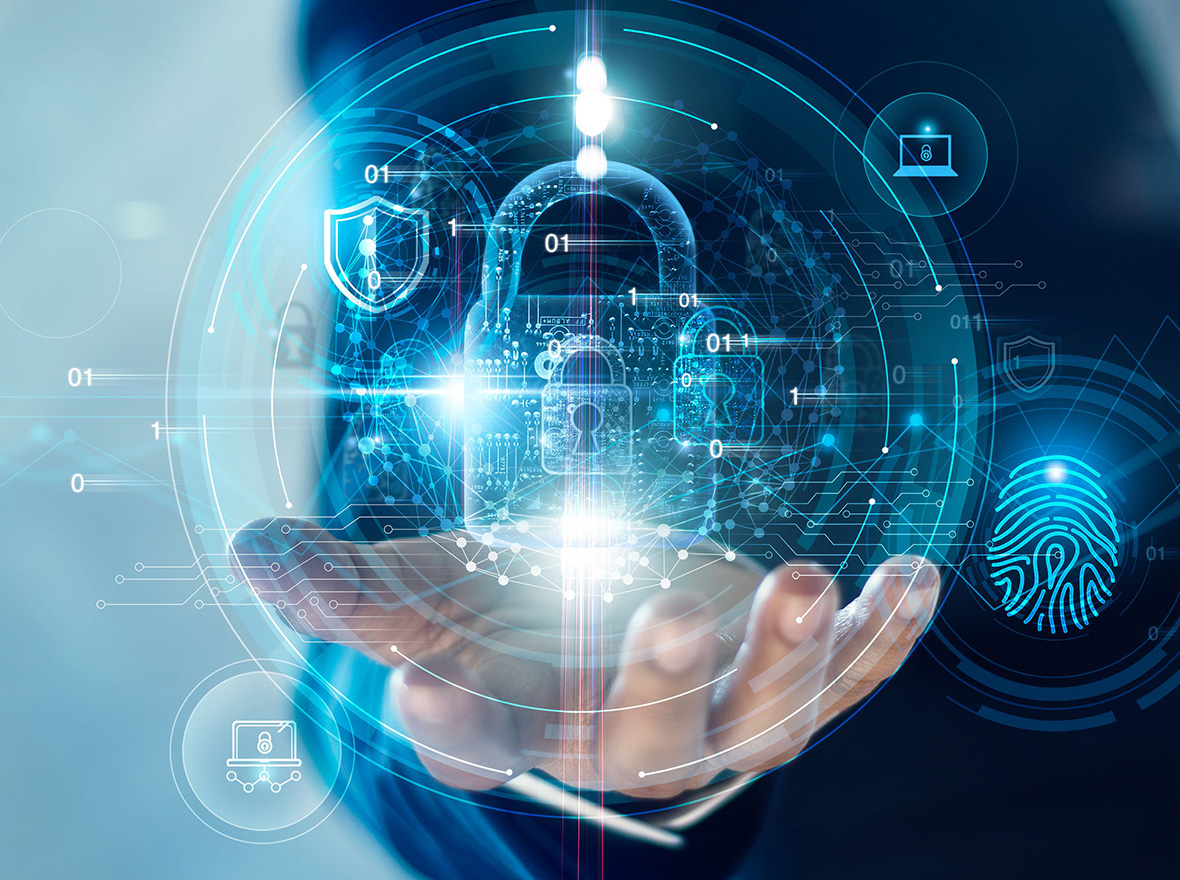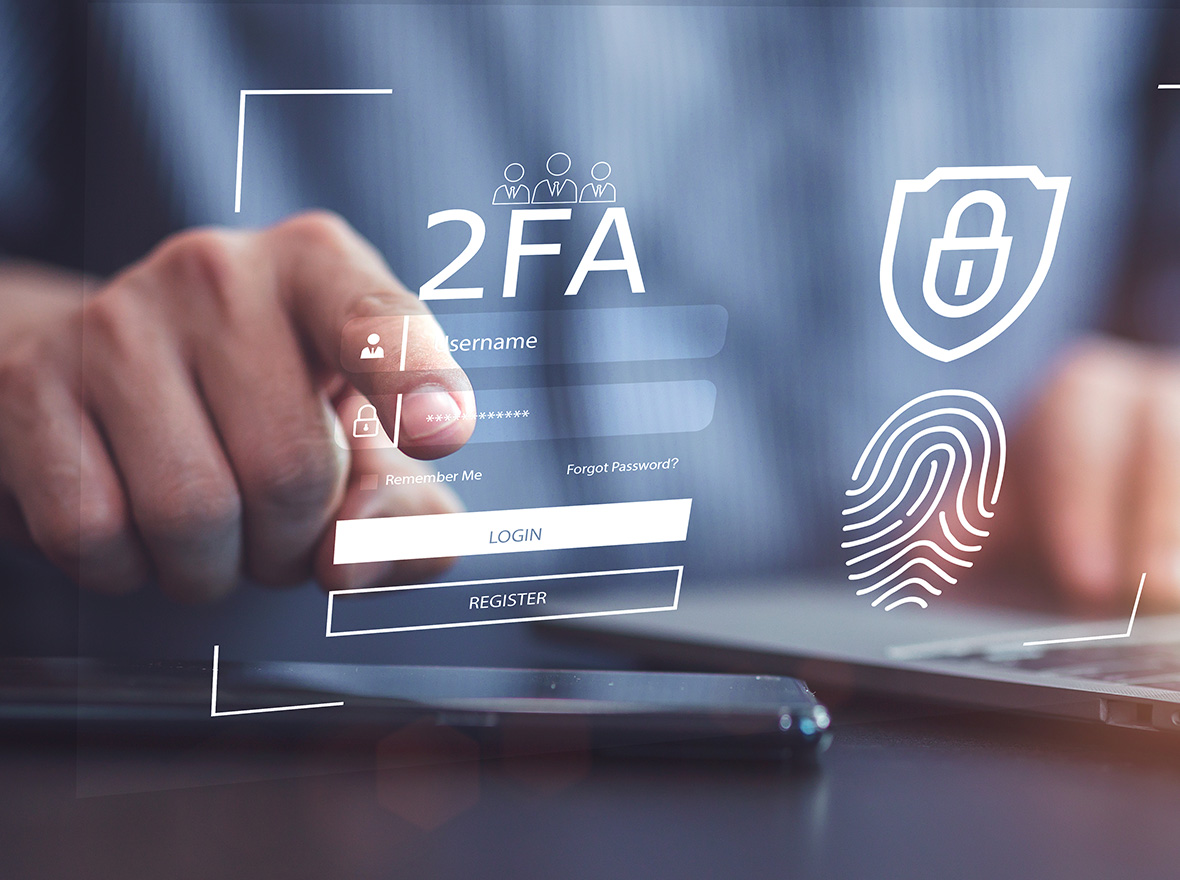Biometrics Explained
Biometrics is a method of authentication that uses physical or behavioral characteristics unique to an individual to verify their identity. This method of authentication is gaining popularity due to its high accuracy and convenience, making it easier for users to access their devices or authenticate transactions without the need for complex passwords. Biometric technology has evolved rapidly, with examples such as facial recognition, iris scans, fingerprints, voice recognition, and even gait analysis, which makes it easier to identify individuals with high levels of accuracy.
